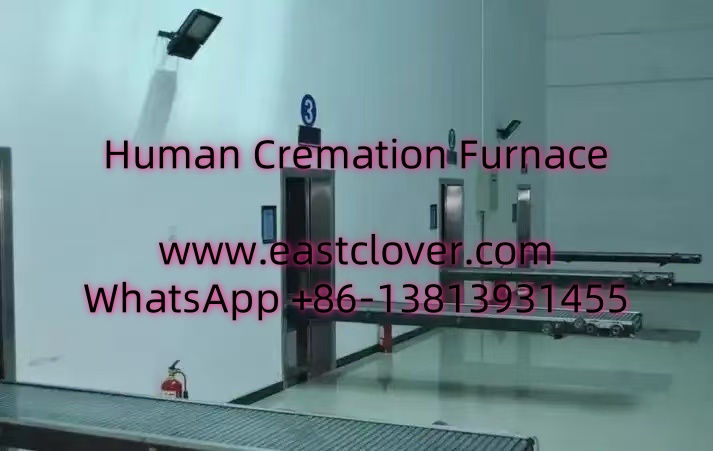Introduction
Cremation has long been a respected method for honoring the departed, offering families a way to commemorate loved ones with dignity. As societal and environmental concerns evolve, so too has cremation technology. Modern cremation furnaces now integrate advanced safety systems and next-generation innovations, prioritizing operational safety, environmental sustainability, and compassionate care. This news explores how these advancements are transforming end-of-life practices.
Traditional vs. Next-Generation Cremation Technology
Traditional cremation furnaces relied on basic combustion principles, often struggling with inconsistent temperatures, manual oversight, and limited emission controls. Operators faced risks from overheating, harmful gases, and mechanical failures. In contrast, next-generation systems leverage automation, real-time monitoring, and precision engineering to address these issues, ensuring safer, cleaner, and more efficient processes.
Advanced Safety Features in Modern Cremation Furnaces
Precision Temperature Control
Modern furnaces use automated thermoregulation systems to maintain optimal temperatures (1,400–1,800°F). Sensors continuously adjust fuel and airflow, preventing overheating and ensuring complete combustion while reducing energy waste.
Real-Time Emission Monitoring
Integrated gas analyzers and particulate filters track emissions like carbon monoxide and mercury. Advanced scrubbers neutralize pollutants, complying with stringent environmental regulations and minimizing ecological impact.
Automated Shutdown Mechanisms
Safety protocols trigger immediate shutdowns if malfunctions (e.g., gas leaks, pressure spikes) are detected. Fire suppression systems and reinforced door seals further mitigate risks.
Remote Operation and Alerts
IoT-enabled systems allow operators to monitor furnaces remotely. Alerts via SMS or email notify staff of irregularities, enabling swift intervention.
Environmental Innovations
Next-gen cremation reduces environmental harm through:
- Bio-Cremation (Alkaline Hydrolysis): Uses water, heat, and alkali to decompose remains, producing 75% fewer emissions than flame-based methods.
- Carbon-Neutral Practices: Solar-powered furnaces and carbon offset programs help facilities achieve sustainability goals.
- Mercury Capture Systems: Special filters prevent dental amalgam emissions from entering the atmosphere.
The Role of Automation and AI
Robotic systems now handle remains with precision, reducing human contact and error. AI algorithms optimize combustion efficiency by analyzing data trends, while blockchain technology securely tracks cremation records for transparency.
www.southclover.com
Advanced cremation technologies redefine end-of-life care by merging safety, sustainability, and respect. From AI-driven monitoring to eco-friendly alternatives, these innovations ensure dignified farewells while safeguarding operators and the planet. As the industry evolves, these systems will continue to set new standards for compassionate and responsible practices.
FAQs
- Are next-gen cremation furnaces safer than traditional ones?
- Yes. Features like automated shutdowns, emission controls, and remote monitoring significantly reduce risks to operators and the environment.
- How do these technologies impact the environment?
- They reduce greenhouse gases, capture pollutants, and offer alternatives like bio-cremation, which uses less energy and produces fewer emissions.
- Is bio-cremation widely accepted?
- While growing in popularity, acceptance varies by culture and region. Some religions prefer traditional methods, but eco-conscious communities increasingly adopt it.
- Do advanced cremation systems cost more?
- Initial costs are higher, but long-term savings from energy efficiency and regulatory compliance often offset expenses.
- How long does a modern cremation process take?
- Typically 2-3 hours, depending on the system and body mass. Automated controls ensure consistency compared to manual methods.

Comments are closed